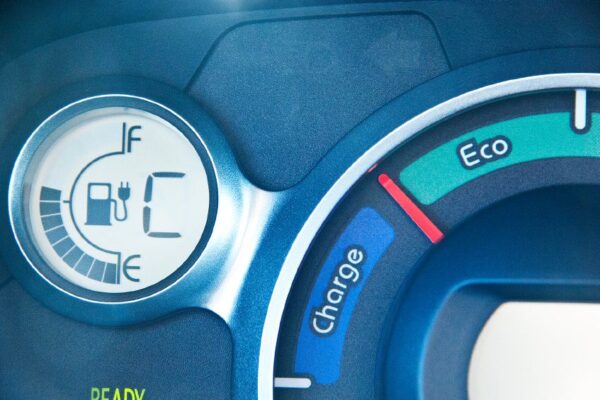
Supercapacitor innovation promises panel-powered cars in five years
The supercapacitors – a ‘sandwich’ of electrolyte between two all-carbon electrodes – were made into a thin and strong film with a high power density.
The film could be embedded in a car’s body panels, roof, doors, bonnet and floor – storing enough energy to turbocharge an electric car’s battery in just a few minutes.
The discovery was made by Postdoctoral Research Fellow Dr Jinzhang Liu, Professor Nunzio Motta and PhD researcher Marco Notarianni, from QUT’s Science and Engineering Faculty – Institute for Future Environments, and PhD researcher Francesca Mirri and Professor Matteo Pasquali, from Rice University in Houston, in the United States.
The findings, published in the Journal of Power Sources and the Nanotechnology journal, mean a car partly powered by its own body panels could be a reality within five years, suggested Notarianni.
"Vehicles need an extra energy spurt for acceleration, and this is where supercapacitors come in. They hold a limited amount of charge, but they are able to deliver it very quickly, making them the perfect complement to mass-storage batteries," explained Notarianni. "Supercapacitors offer a high power output in a short time, meaning a faster acceleration rate of the car and a charging time of just a few minutes, compared to several hours for a standard electric car battery."
Dr Liu said currently the ‘energy density’ of a supercapacitor is lower than a standard lithium ion (Li-ion) battery, but its ‘high power density’, or ability to release power in a short time, is ‘far beyond’ a conventional battery.
"Supercapacitors are presently combined with standard Li-ion batteries to power electric cars, with a substantial weight reduction and increase in performance," said Dr Liu. "In the future, it is hoped the supercapacitor will be developed to store more energy than a Li-ion battery while retaining the ability to release its energy up to 10 times faster – meaning the car could be entirely powered by the supercapacitors in its body panels".
"After one full charge this car should be able to run up to 500 km – similar to a petrol-powered car and more than double the current limit of an electric car."
Dr Liu pointed out that the technology would also potentially be used for rapid charges of other battery-powered devices.
"For example, by putting the film on the back of a smart phone to charge it extremely quickly," said Dr Liu.
"We are using cheap carbon materials to make supercapacitors and the price of industry scale production will be low," explained Professor Motta. "The price of Li-ion batteries cannot decrease a lot because the price of lithium remains high. This technique does not rely on metals and other toxic materials either, so it is environmentally friendly if it needs to be disposed of."
Related articles and links:
News articles:
Fiber supercapacitor aims to power wearable devices
Fast-charging supercapacitors using energy harvesters
Dual-purpose film gives extra edge to energy storage
 If you enjoyed this article, you will like the following ones: don't miss them by subscribing to :
eeNews on Google News
If you enjoyed this article, you will like the following ones: don't miss them by subscribing to :
eeNews on Google News




